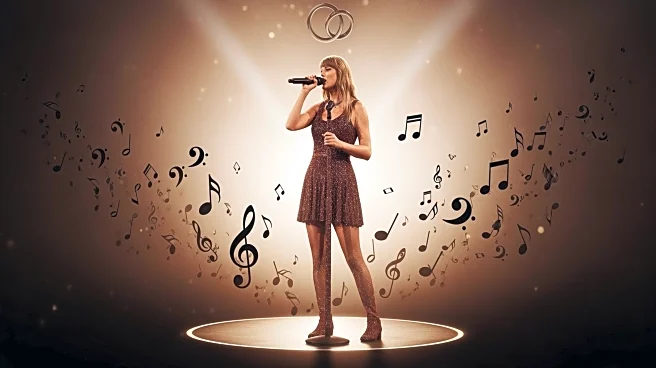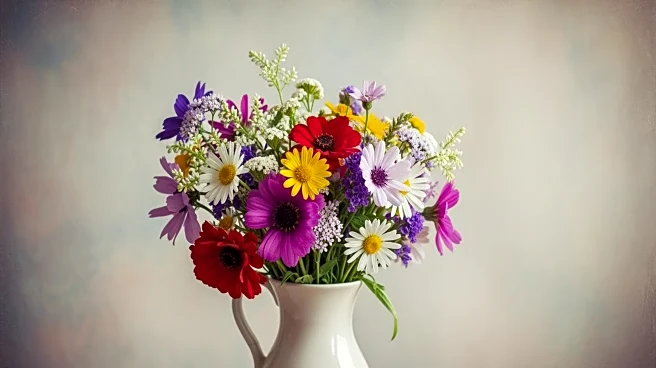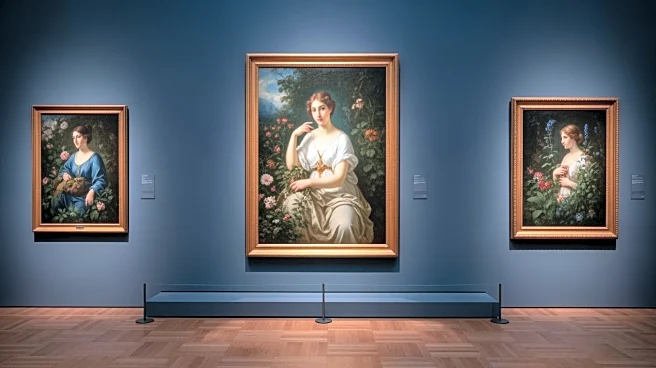What's Happening?
The Atlantic has published an article discussing the transformation of music and film criticism in the context of declining institutional support and the rise of social media influencers. Spencer Kornhaber, a long-time contributor to The Atlantic, highlights
the challenges faced by traditional critics as social media platforms like TikTok and YouTube become dominant spaces for cultural commentary. The article questions whether new forms of criticism are enriching or diluting the art form, and considers the impact of social media's fast-paced environment on the depth and quality of reviews.
Why It's Important?
The shift in how cultural criticism is produced and consumed has significant implications for the arts and journalism industries. As traditional media outlets face financial challenges, the role of critics is increasingly being filled by social media personalities who may prioritize engagement over in-depth analysis. This change could affect the quality of cultural discourse and the way audiences engage with art. The article suggests that while some social media critics offer nuanced perspectives, the format often encourages quick, less thoughtful content. This evolution may impact how future generations perceive and value cultural criticism.
What's Next?
The future of cultural criticism may see a continued blending of traditional and new media approaches. As social media platforms evolve, there may be opportunities for critics to adapt and find new ways to engage audiences while maintaining depth and quality. The industry might also see a resurgence of interest in more thoughtful criticism as audiences seek diverse perspectives. Additionally, the role of major artists like Taylor Swift in shaping cultural conversations could lead to more 'Super Bowl moments' in criticism, where significant releases generate widespread discussion.
Beyond the Headlines
The transformation of cultural criticism raises questions about the sustainability of careers in this field. As the industry adapts to new media landscapes, there may be ethical considerations regarding the balance between commercial success and artistic integrity. The role of contrarianism and the pressure to generate engagement could influence the authenticity of critiques. Furthermore, the reliance on social media platforms for cultural discourse may lead to a homogenization of opinions, potentially stifling diverse voices and perspectives.













